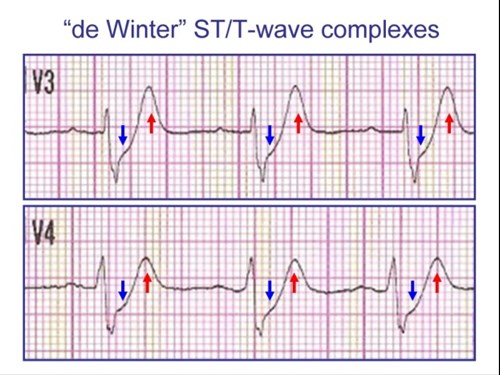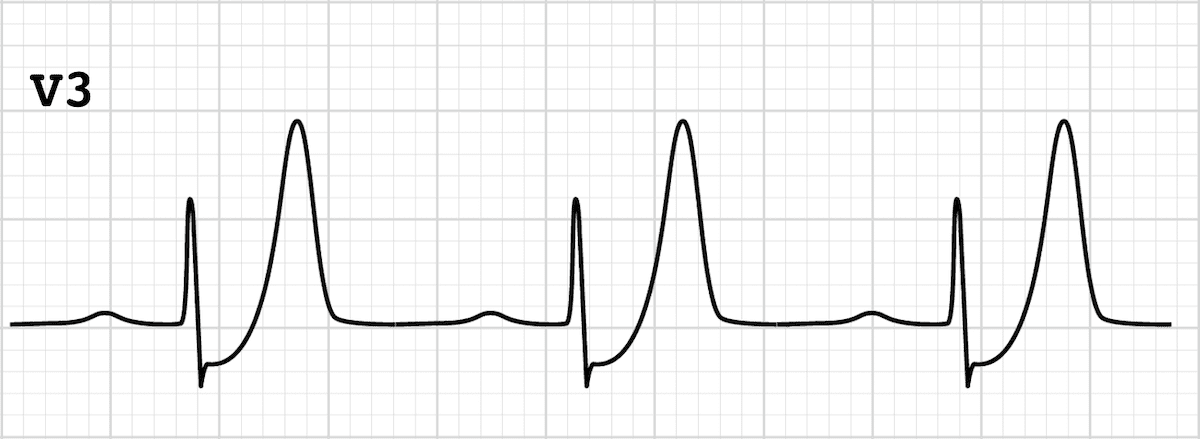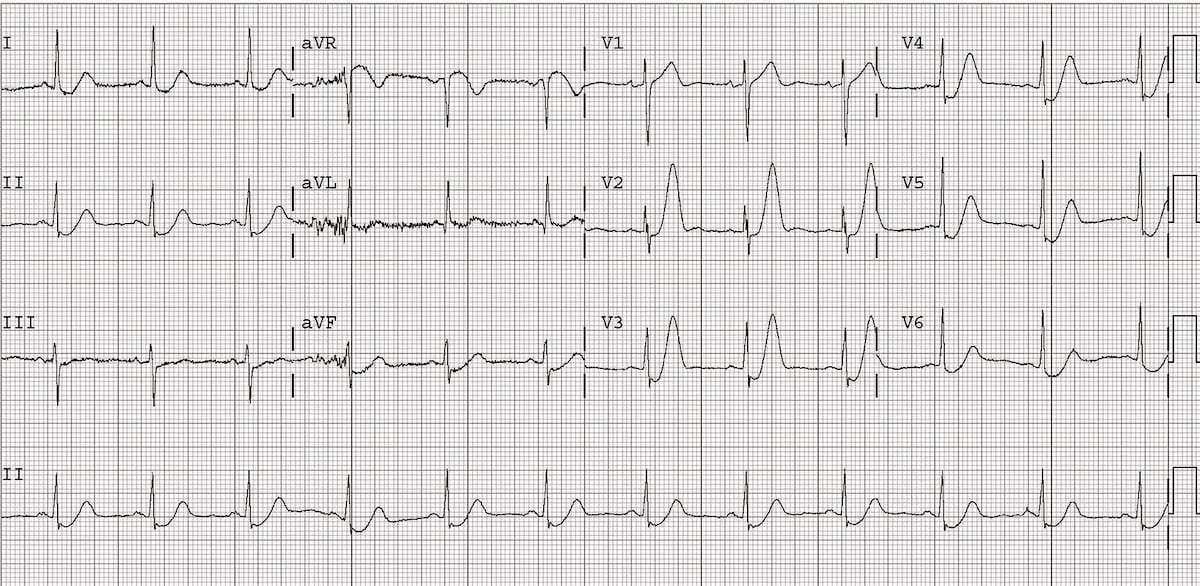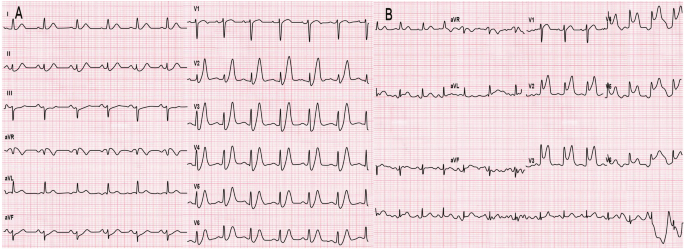This de Winter ECG pattern is not static but can evolve from hyperacute T waves. The De Winter ECG pattern has been reported to indicate acute left anterior descending coronary artery occlusion and is often considered to be an ST elevation myocardial infarction STEMI equivalent.

De Winter T Wave Litfl Ecg Library Diagnosis
The De Winter ECG pattern has been reported to indicate acute left anterior descending coronary artery occlusion and is often considered to be an ST elevation myocardial infarction STEMI equivalent.

. We aimed to investigate the morphology of the De Winter ECG pattern and evaluate the test characteristics of the De Winter pattern for the diagnosis of acute coronary occlusion. These patients were more likely to be younger and male and tended to have hypercholesterolaemia. We aimed to investigate the morphology of the De Winter ECG pattern and evaluate the test characteristics of the De Winter pattern for the diagnosis of acute coronary occlusion.
T waves associated with De Winters are often referred to as being. The de Winter ECG pattern indicates occlusion of the LAD and is frequently underrecognized by clinicians which increases morbidity and mortality. Besides the morphology of upsloping or nonupsloping ST depression STD may have different significance of severity and prognostication.
The de Winter ECG pattern known as a STEMI equivalent has a high predictive value for acute occlusion of the LAD artery 952100 Karna et al 2019 and the patient needs to be subjected to emergency coronary angiography CAG with the possibility of intervention. De Winter in 2008 the de Winter ECG pattern is an anterior STEMI equivalent that presents without obvious ST segment elevation. The de Winter ECG pattern is a recently-described STEMI equivalent that emergency physicians and paramedics must be aware of.
This pattern should be treated as being equivalent to an anterior STEMI. We present a patient with acute proximal LAD occlusion who presented with an evolutionary ECG change in which the de Winter. These patterns were once considered static and persistent from the initial ECG.
A case report from a non-cardiac catheterization laboratory hospital. First reported by Dutch Professor of Cardiology Robbert J. Differentiation of this ECG pattern is essential to refer patients for appropriate and immediate reperfusion therapy.
De Winter syndrome a STEMI-equivalent ECG pattern leading to life-threatening arrhythmia. We report a case of a 34yearold man with a history of smoking who presented. The De Winter ECG pattern was reported as an indicator of acute left anterior descending LAD coronary artery occlusion and is considered an anterior ST-elevation myocardial infarction STEMI equivalent1 The key diagnostic features include ST-depression and peaked T-waves in precordial leads and it can be seen in around 2 of patients with anterior myocardial.
The reported positive predictive value PPV for the de Winter ECG pattern to predict an acute left anterior descending artery LAD lesion is inconsistent. ECG characteristics of De Winters T waves include. More than 1mm of ST depression in the precordial leads.
De Winter Rd et al A new sign of proximal lad occlusion NEJM 2008359. These patients are suffering occlusion myocardial infarction OMI and require immediate reperfusion therapy. We aimed to investigate the morphology of the De Winter ECG pattern and evaluate the test characteristics of the De Winter pattern for the diagnosis of acute coronary occlusion.
Tall often very prominent T waves in the precordial leads. The de Winter electrocardiography ECG pattern is a sign that implies proximal left anterior descending coronary artery occlusion in patients with chest pain. The de Winter electrocardiogram pattern is a transient electrocardiographic phenomenon that presents at early stage of ST-segment elevation myocardial infarction Clin Cardiol 41 2018 pp.
Very slight 05-1mm ST elevation in lead aVR. In 2008 de Winter et al described an ECG pattern suggesting that it should be considered an ST-elevation myocardial infarction STEMI equivalent de Winter Verouden Wellens Wilde 2008 with the potential to predict critical stenosis or occlusion of the left anterior descending coronary artery LAD. The distinct ECG pattern was identified in approximately 2 of patients with LAD stenosis in that study also.
These patients typically have critical stenosis of the LAD requiring emergent PCI or thrombolysis. The De Winter ECG pattern has been reported to indicate acute left anterior descending coronary artery occlusion and is often considered to be an ST elevation myocardial infarction STEMI equivalent. The main characteristics of the de Winter electrocardiogram ECG pattern are up-sloping ST-segment depression in the V 1 to V 6 leads followed by tall and symmetrical T waves which remain consistent with no evolutionary ECG changes.

De Winter T Wave Litfl Ecg Library Diagnosis

De Winter Syndrome An Underrecognized Electrocardiography Finding In Myocardial Infarction Journal Of Emergency Medicine
De Winter St T Waves Ecg Medical Training
De Winter St T Waves Ecg Medical Training

De Winter T Wave Litfl Ecg Library Diagnosis

De Winter T Wave Litfl Ecg Library Diagnosis

Evolutionary De Winter Pattern From De Winter Ecg To Stemi A Case Report Bmc Cardiovascular Disorders Full Text
0 comments
Post a Comment